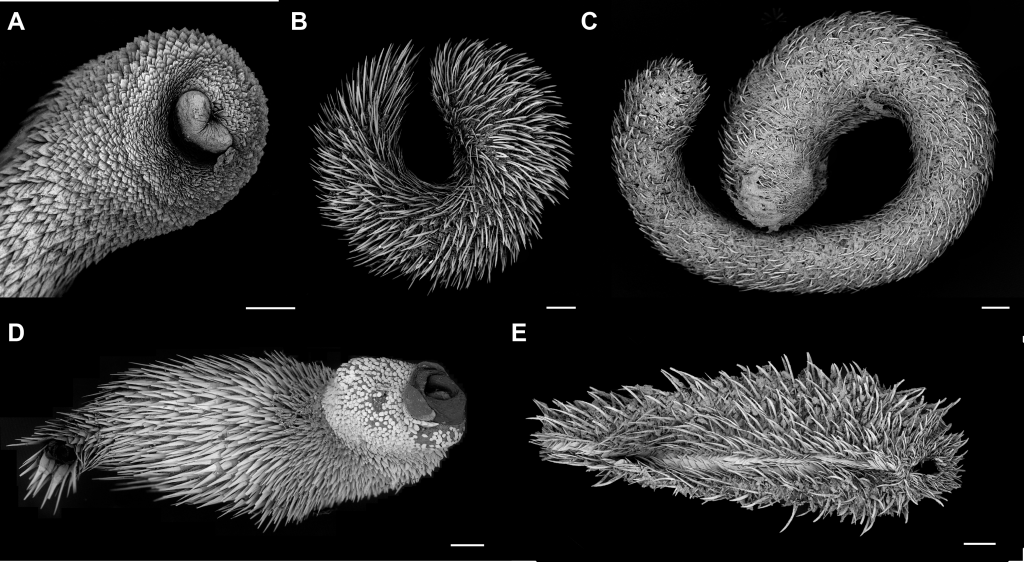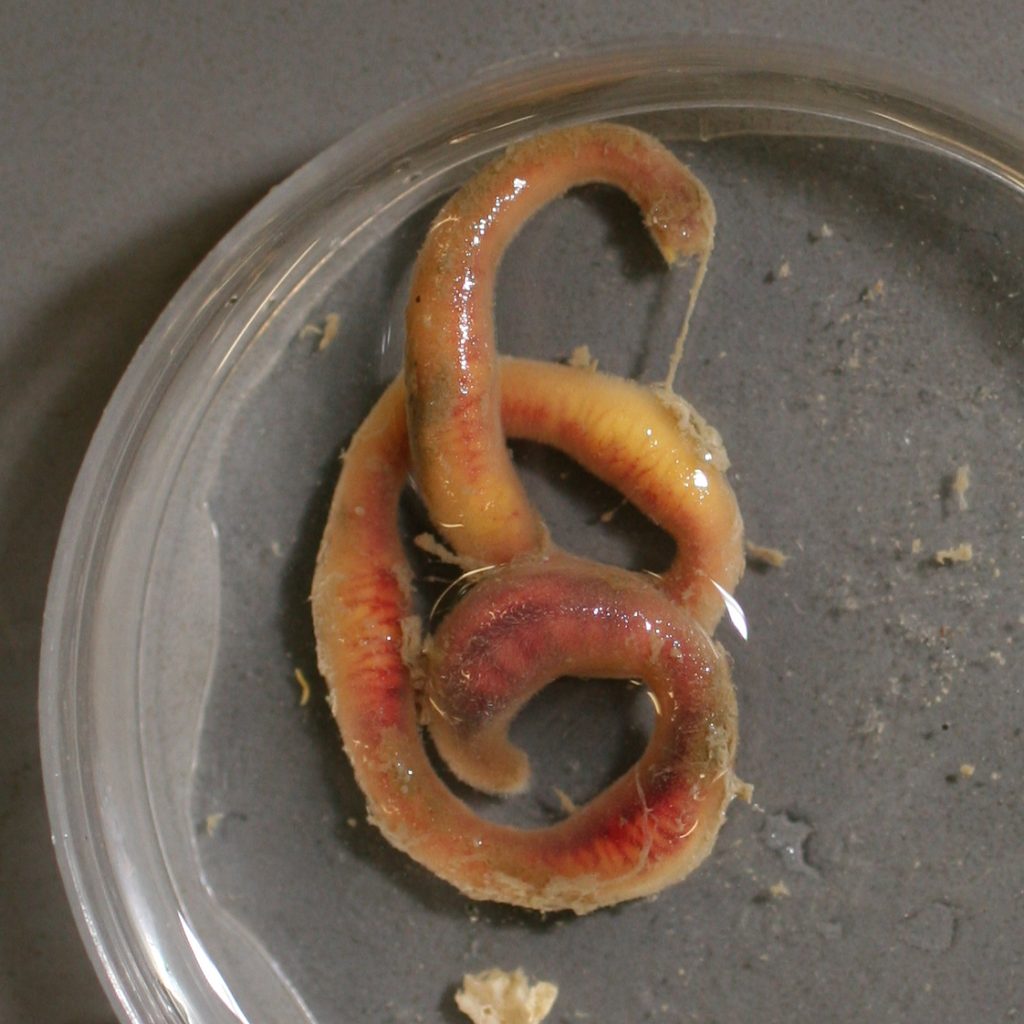Aplacophorans are unusual shell-less and worm-shaped molluscs related to snails, slugs, clams, and octopus. About 400 species are known to science but because there are only a handful of scientists worldwide studying the group, it is estimated that there are likely tenfold more species waiting to be discovered. Little is known about aplacophoran evolutionary history, which has hindered understanding of early molluscan evolution. Dr. Kocot and his collaborators at Auburn University, the University of Bergen, and Rådgivende Biologer in Bergen published a new study in Proceedings of the Royal Society B that begins to shed light on this poorly-known group. They sequenced genomic data from representatives spanning the diversity of the group and produced a broadly sampled evolutionary framework. Further, they describe a bizarre new species that lacks a radula (toothed tongue-like organ), foot, and mantle cavity – all the traditional hallmarks of the phylum Mollusca. Their results show that aplacophoran taxonomy requires revision as several traditionally recognized groups were not recovered and reveal a surprising degree of plasticity in the aplacophoran body plan. Read a press release about the paper by UA News.

